This is what I do for a living. I travel and photograph, for a little more than half of each year. Indeed, my wife calls me a professional tourist. Actually, I travel to photograph, which is a little different, because each trip has one or more assignments, and there is a distinct, different purpose each time. And for once, I am writing a book partly for my own benefit, a manual that collates the kind of information that I, as a photographer who travels, need.
The broad idea of travel has a long and intimate relationship with the camera. By the middle of the nineteenth century photography had become practicable, although by todays standards immensely laborious. The weight of equipment, the difficulty and uncertainty of preparing and processing plates on location did not deter scores of photographers from setting out to explore the world. They had a practical motive for this, because the invention of the new medium coincided with an insatiable demand in the West to know how the world lookedits monuments, landscapes, cultures. Travel photography aimed to satisfy that demandand has never stopped. The major difference now is that millions of people do it.
Digital photography brings a new element to this. Some may feel a little nervous about taking a digital camera and its paraphernalia on the road. What if it goes wrong? What if the connections are not compatible? Can I find what I need in Bangkok? Or Tulsa? The answers are surprisingly simple, and come down to preparation. The trick is to know what you can plan for and what is best tackled once the trip has started, as you go along. This applies as much to the subjects you are going to photograph as well as to the equipment you will use. Technically it may be a little more complex than shooting with film, but only because the possibilities are greater for capturing images in all kinds of situations, and for guaranteeing that their qualities of color, contrast, and clarity are as you wanted them to be. If travel broadens the mind, digital cameras broaden travel photography.
A unique shot of something characterful and spontaneous is always a good idea. This is a shot of a gothic geisha-styled girl in Japan.
Preparation Part I
Before you get out in the field with your camera, its essential that you spend some time on preparation. The idea here is to make life smooth and easy on the road, so that the adventures are reserved for the place, the people, and your experiences, not the disappointments of missing excellent photo opportunities because you were in the wrong place at the wrong time, your battery packed up, or you ran out of memory cards.
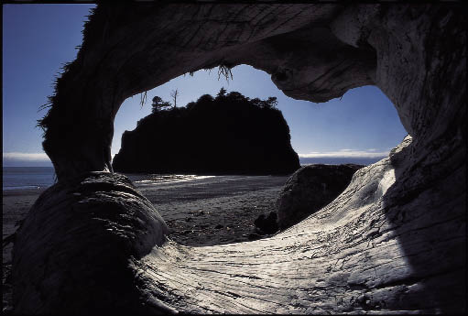
Being Prepared
Careful preparation can show you what to expect when you arrive at a location, but it wont tell you everything. In this shoot, I knew the rocky island was there, but not the driftwood which forms a perfect frame.
Over the course of this chapter well look at how best to prepare for your trip, whether its a days hike in the mountains or an extended travel adventure.
It really pays to find out as much as you can about what you are setting off to photograph, whether its a place, people, or an event. This doesnt mean that you have to burden yourself with a reference library, but at least cover all the basic information sources, such as guidebooks and anything you can find on the Internet. Researching what you intend, or are likely to want, to photograph will help you assess what equipment you are likely to need and also provide you with the opportunity to read about the experiences of other photographers who have undertaken similar trips. Any helpful hints and tips you can unearth in advance of your travels will help enormously once youre on the road.
There are many ways of traveling with a view to taking photographs. Some travelers like to fix a schedule down to the precise minute, never deviating from their perfect plan. At the opposite extreme are those who steadfastly refuse to commit themselves to anything, determined to follow the whim of the moment. And in between are infinite shades of traveling style. Of course, one of the advantages of planning is that you know in advance exactly which arrangements you absolutely do have to make right now, and which dont matter. If you travel high season anywhere, you have less flexibility than if you are going somewhere unpopular or out of season.
Today, most photographerswhether amateur or professionalwho need to travel light when out in the field use digital photography equipment. As so much digital equipment is very specific and cannot be interchanged with that from other manufacturers dont rely on being able to acquire the right bits and pieces on the road. One basic assumption you should make as part of your preparation is that you must have everything that you will need for the camera with you before you leave. Its essential to consider memory cards and spare batteries, plus any other equipment that you can carry easily and which will help get the shots you want, such as filters or additional lenses. Remember to also include any item of equipment that you personally cannot do without.
Location, location
Many years ago, while I was being briefed for a book assignment at Time-Life, the Art Director, Lou Klein, gave me a piece of advice in his usual didactic way. Photography, he said, is about being in the right place at the right time. Yes, it sounds obvious, but what good advice, because it lays out the priorities. He didnt mention composition, lighting, sense of timing, or any of that, simply because these skills were taken for granted. Of course you had to know how to make a good picture, but the most important thing was to put yourself in the best position to shoot, that advice applies as much to the amateur photographer as it does to the professional.
 Maps are the key, whether topographical, street, plans, or even aerial photographs, all of which are available in surprising abundance for most destinations. Having a map makes everything quicker and avoids wasting time and getting lost. I rely heavily on them, whether its a street map for city shooting or a topographical map for trekking and landscapes.
Maps are the key, whether topographical, street, plans, or even aerial photographs, all of which are available in surprising abundance for most destinations. Having a map makes everything quicker and avoids wasting time and getting lost. I rely heavily on them, whether its a street map for city shooting or a topographical map for trekking and landscapes.



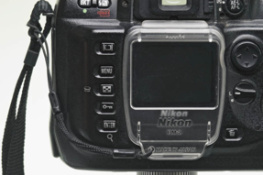
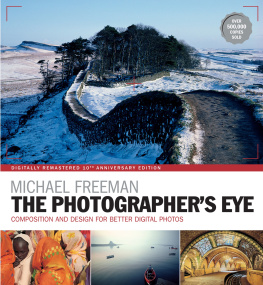
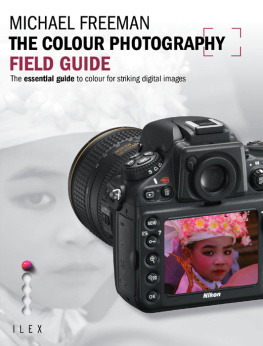
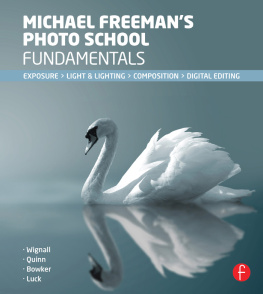

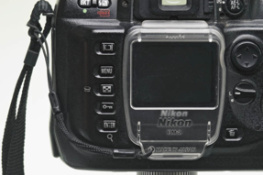




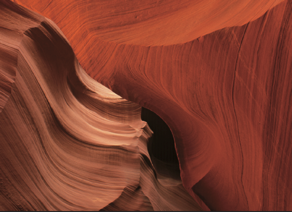
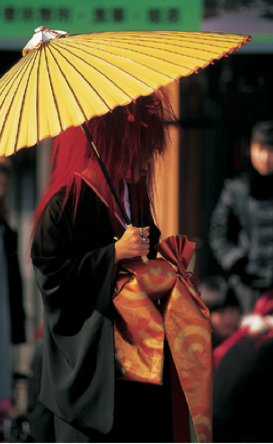

 Maps are the key, whether topographical, street, plans, or even aerial photographs, all of which are available in surprising abundance for most destinations. Having a map makes everything quicker and avoids wasting time and getting lost. I rely heavily on them, whether its a street map for city shooting or a topographical map for trekking and landscapes.
Maps are the key, whether topographical, street, plans, or even aerial photographs, all of which are available in surprising abundance for most destinations. Having a map makes everything quicker and avoids wasting time and getting lost. I rely heavily on them, whether its a street map for city shooting or a topographical map for trekking and landscapes.